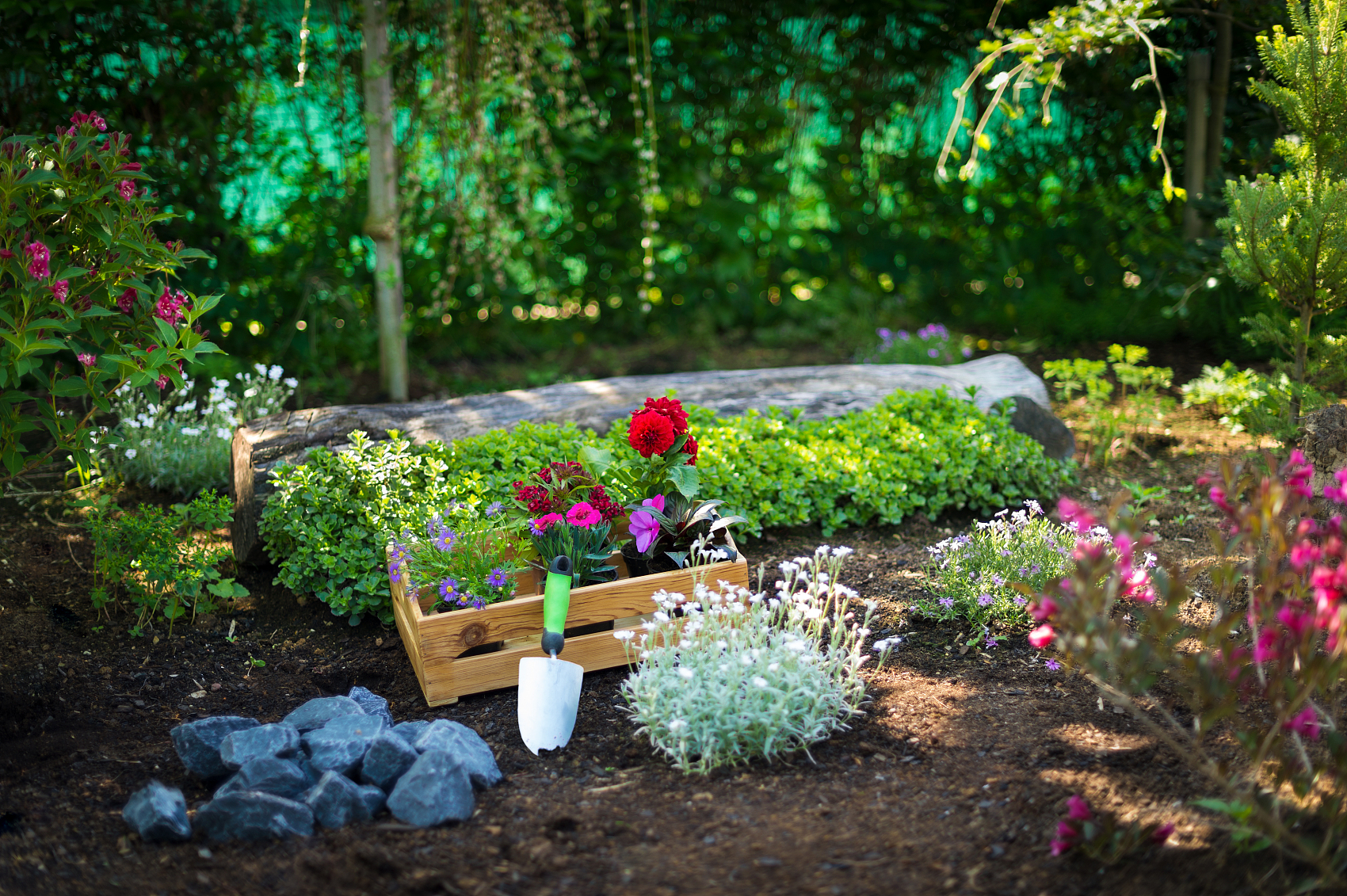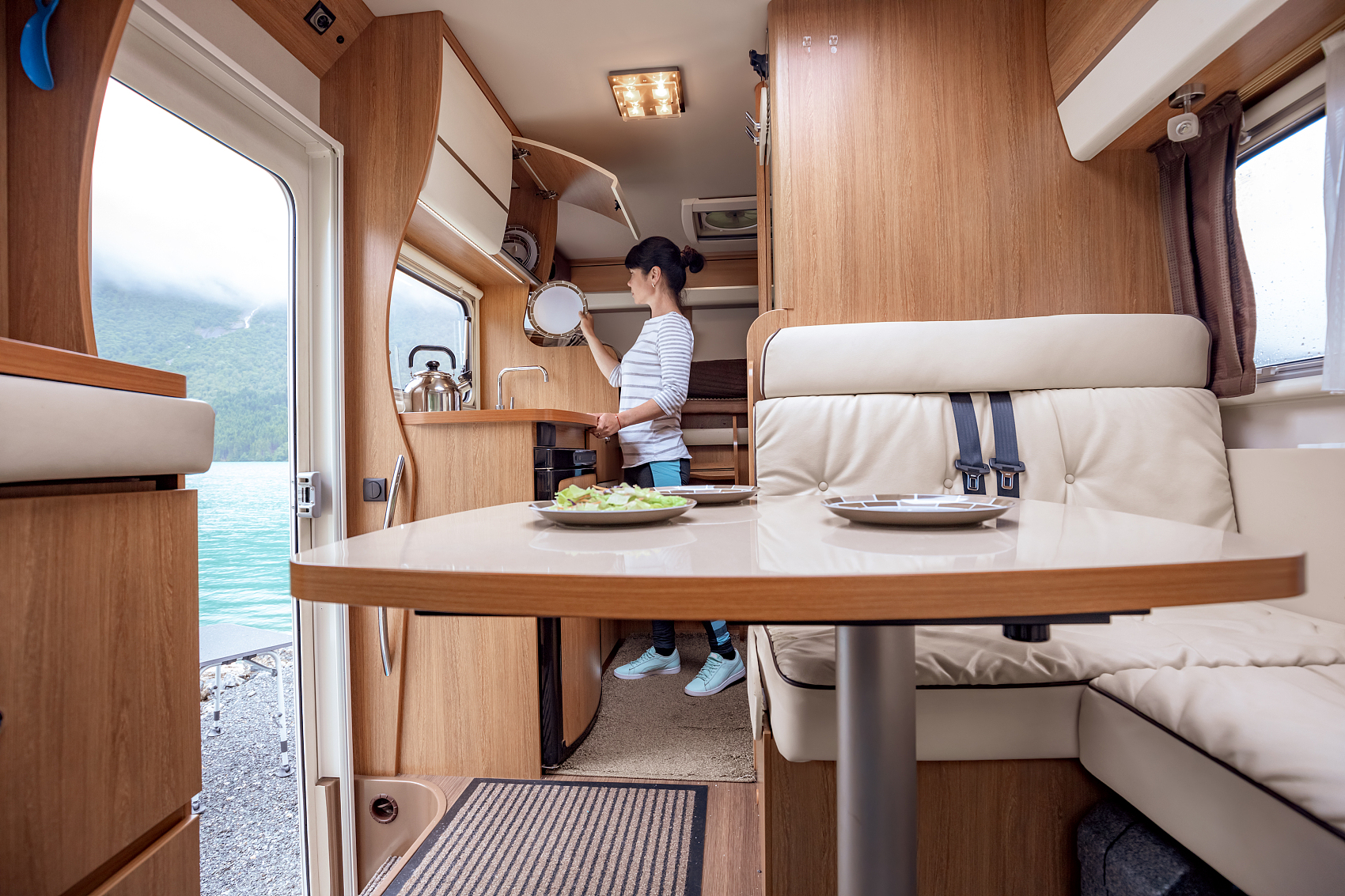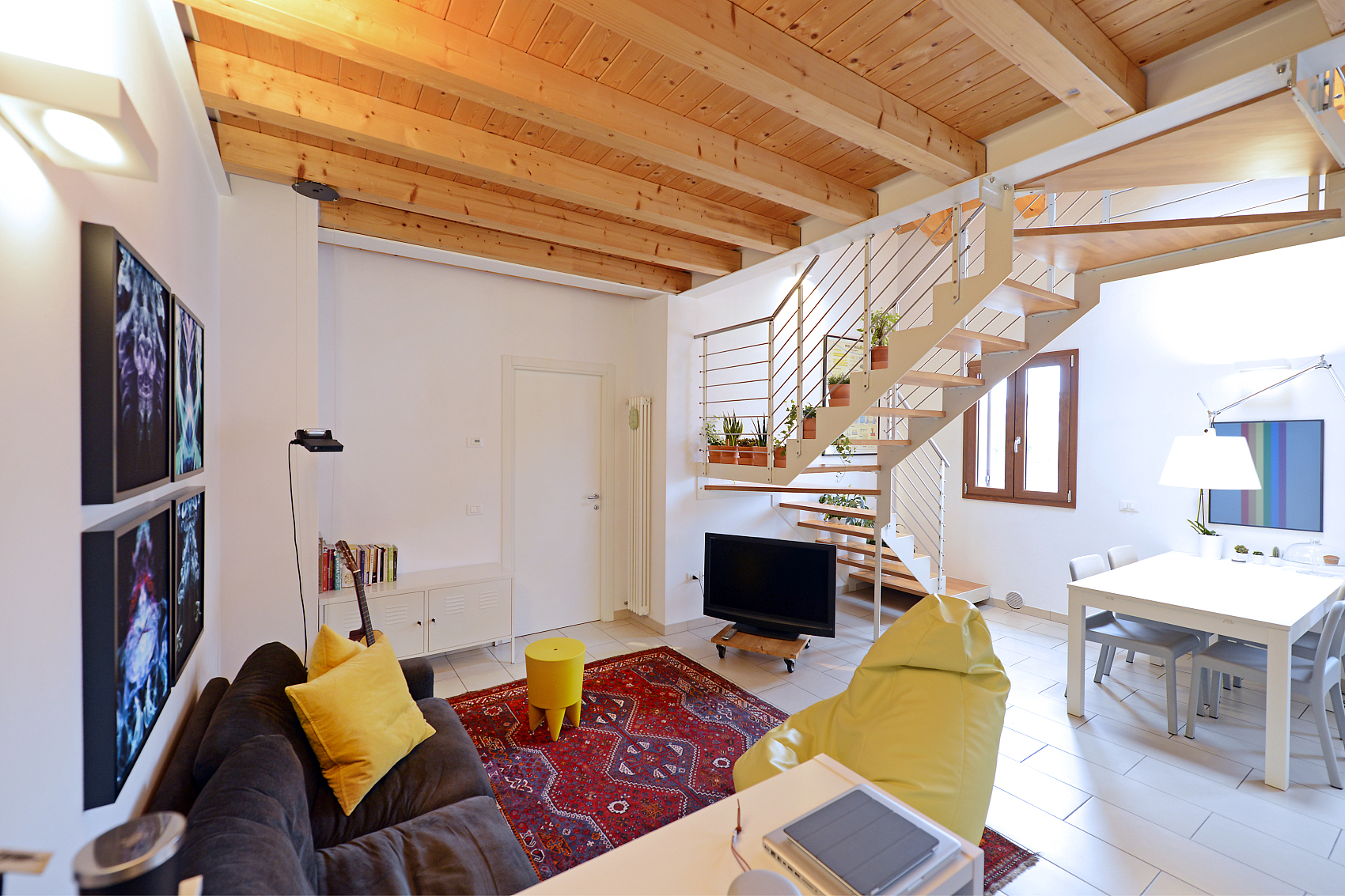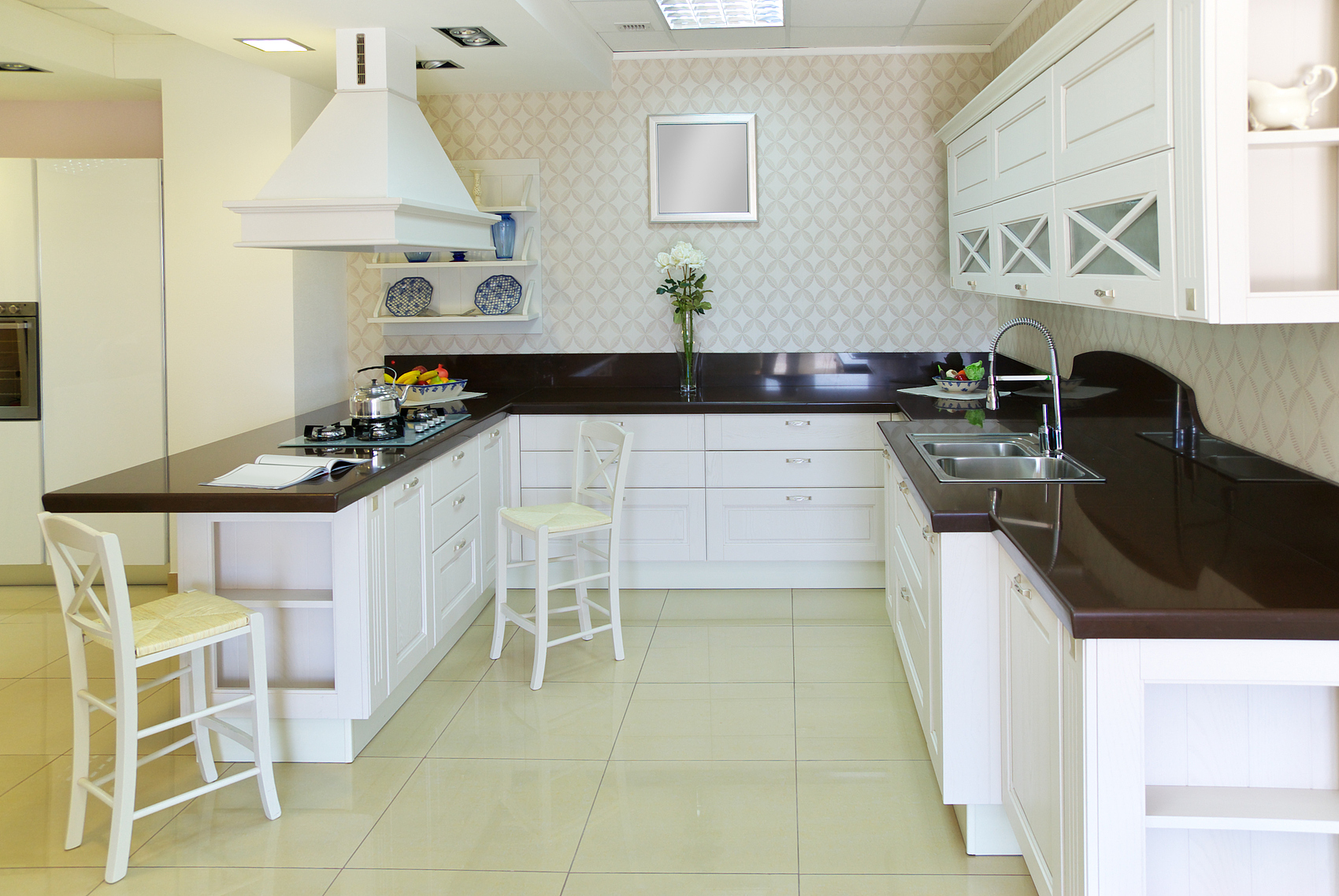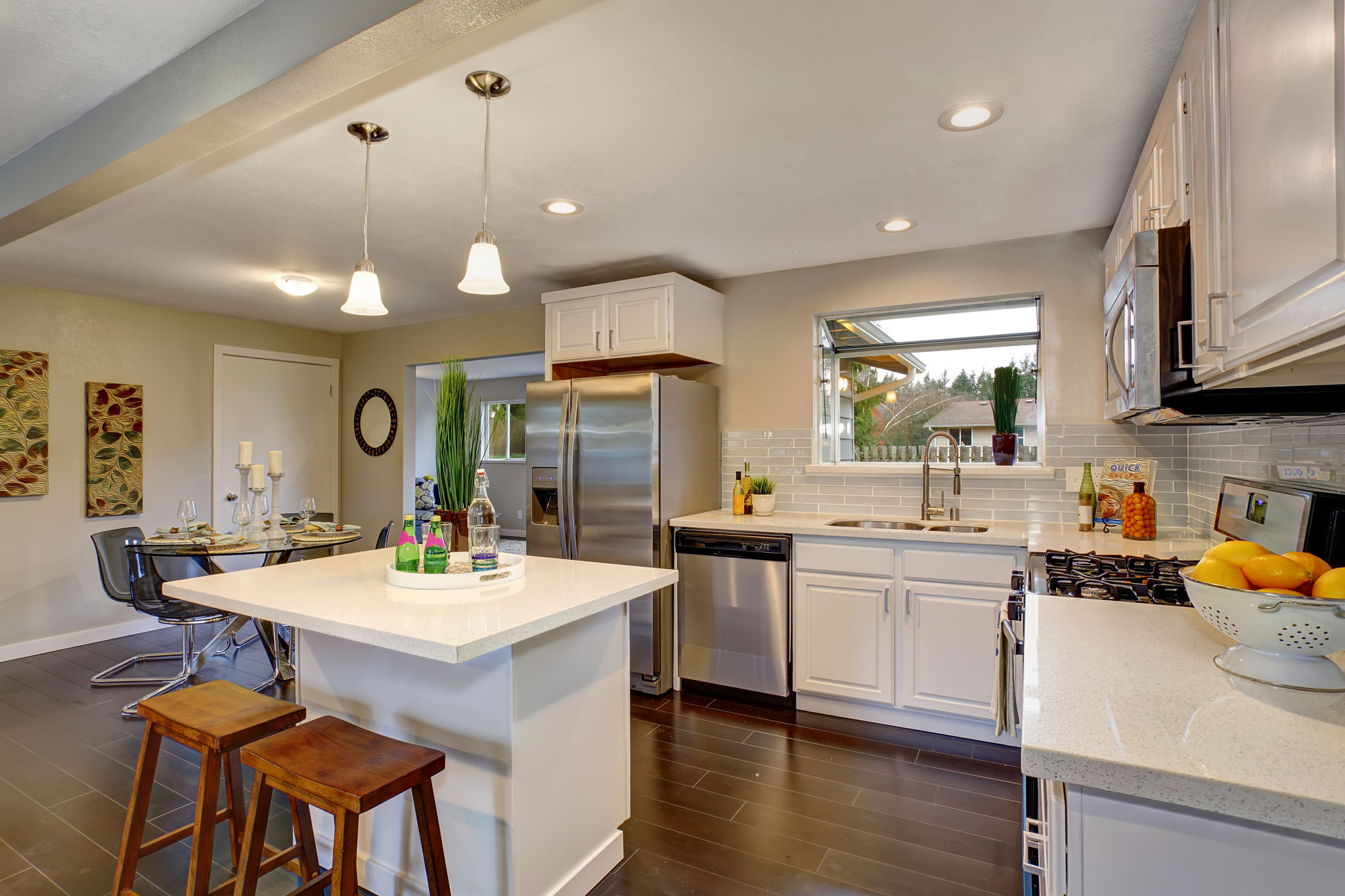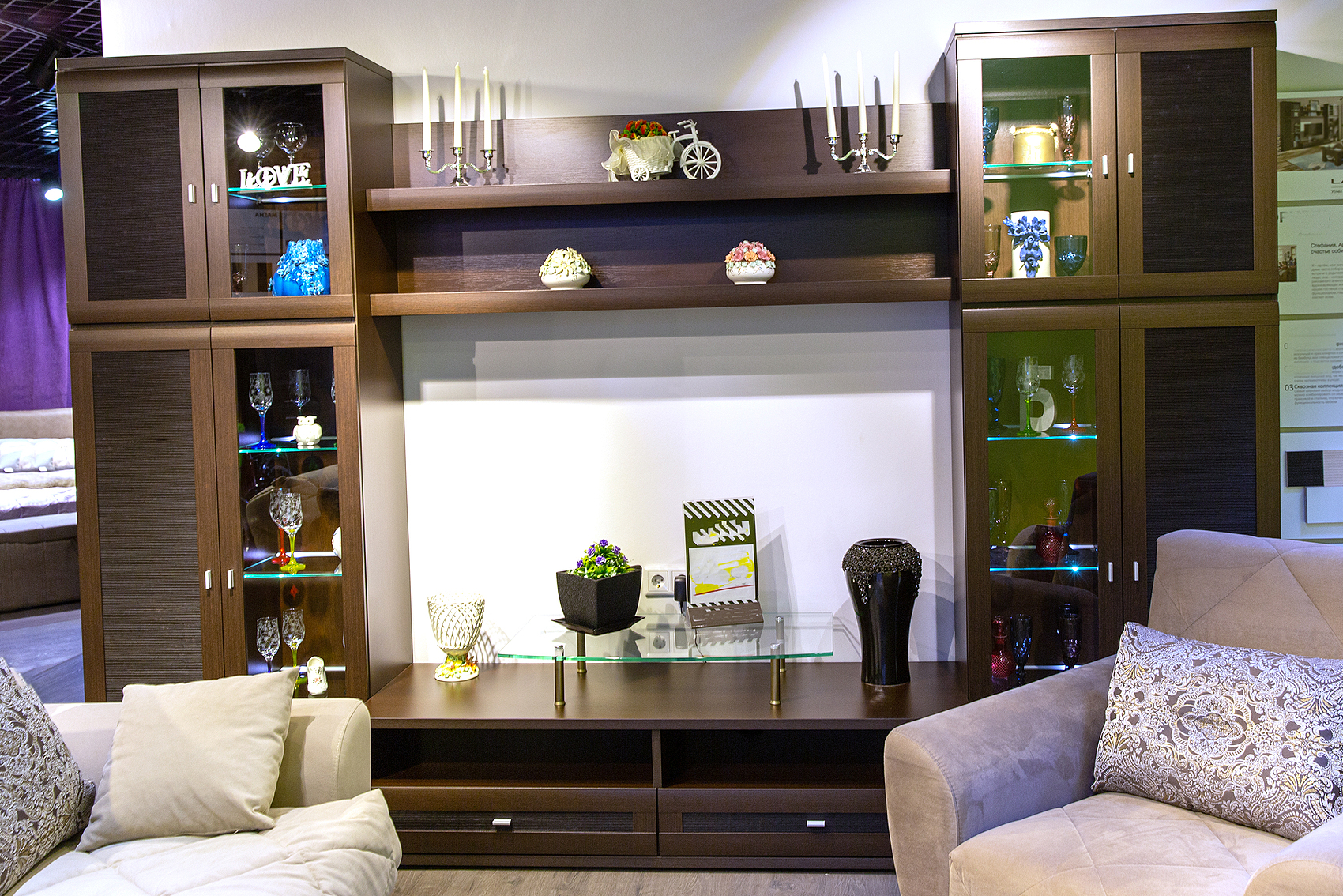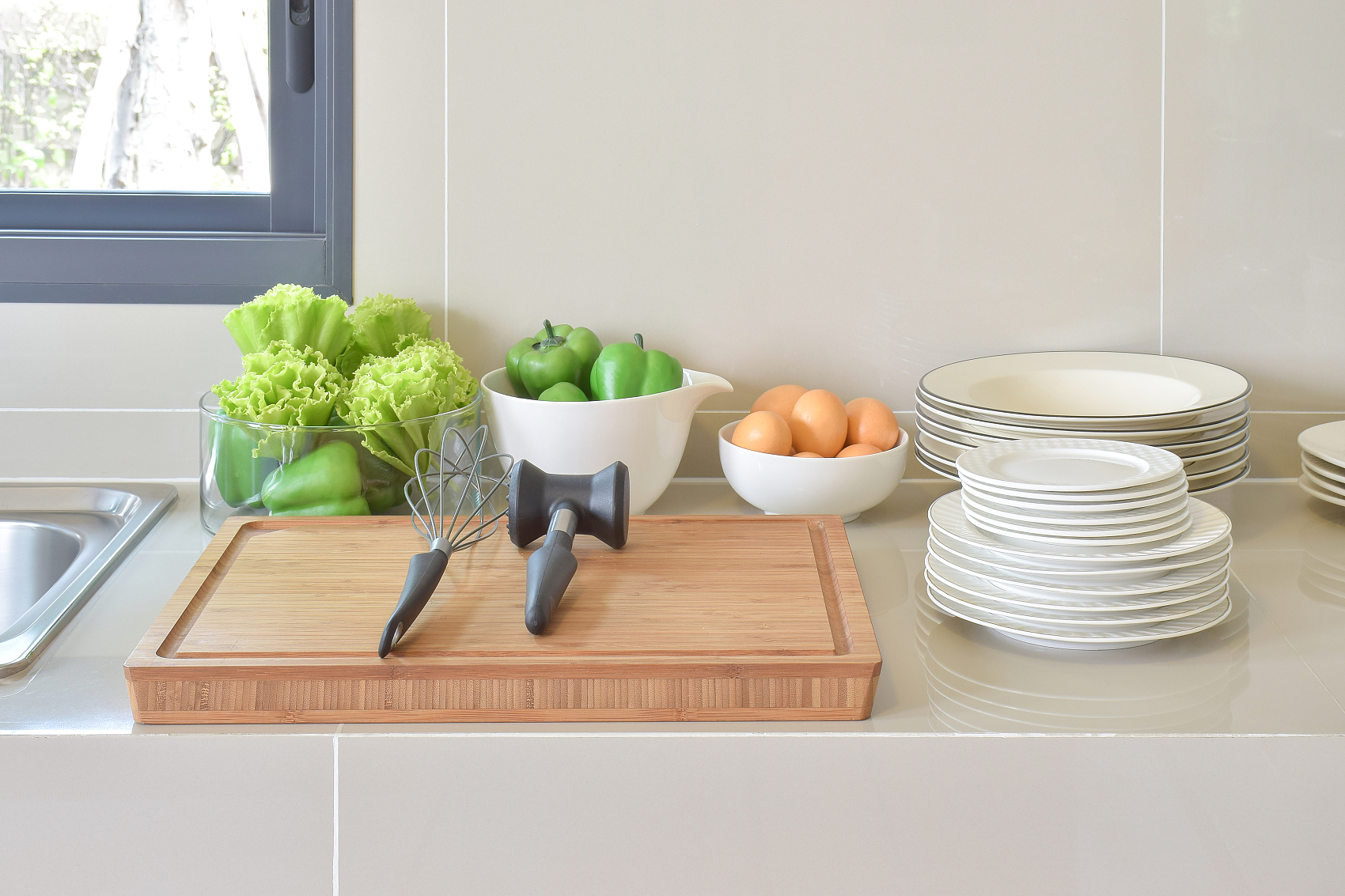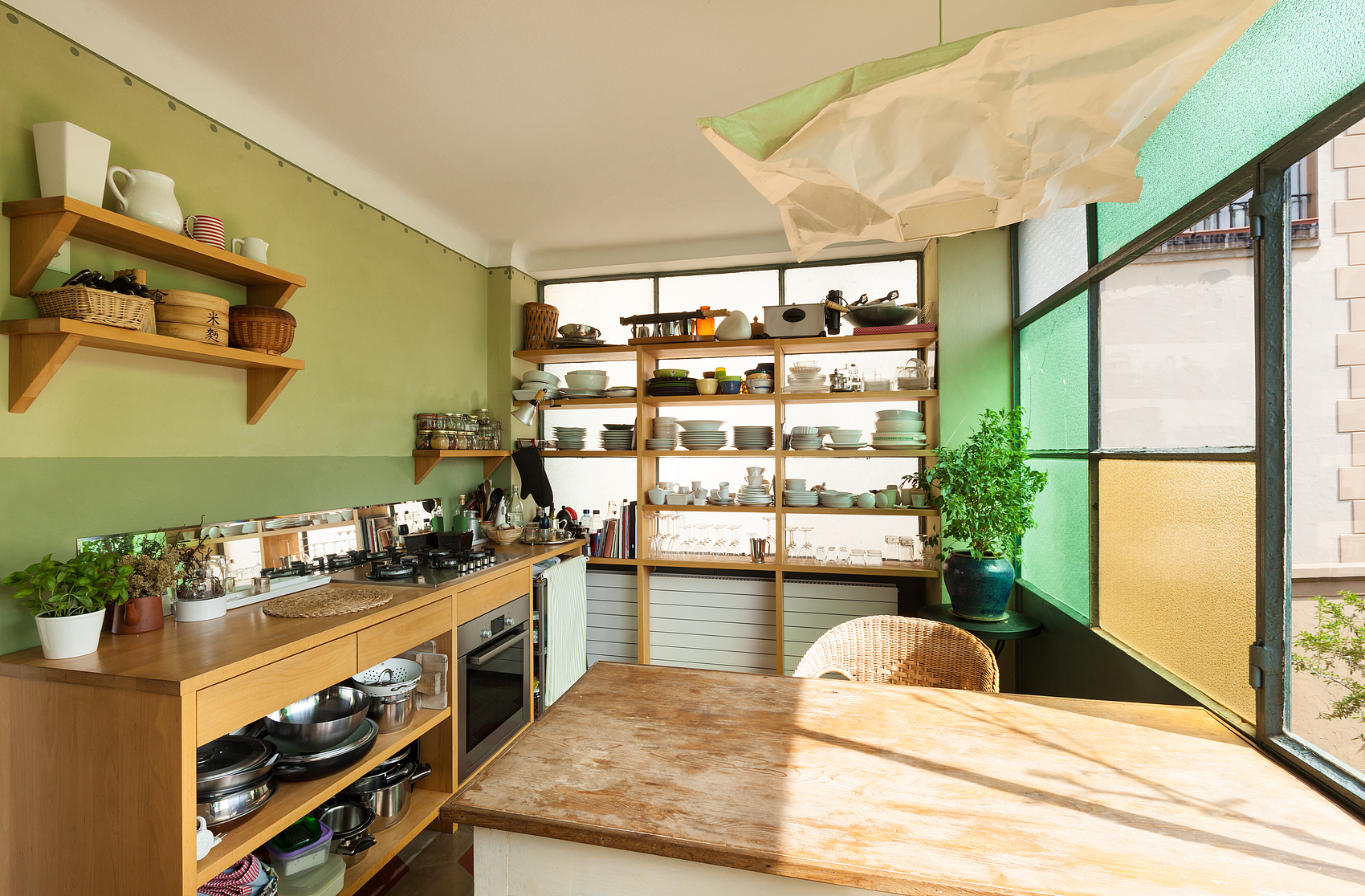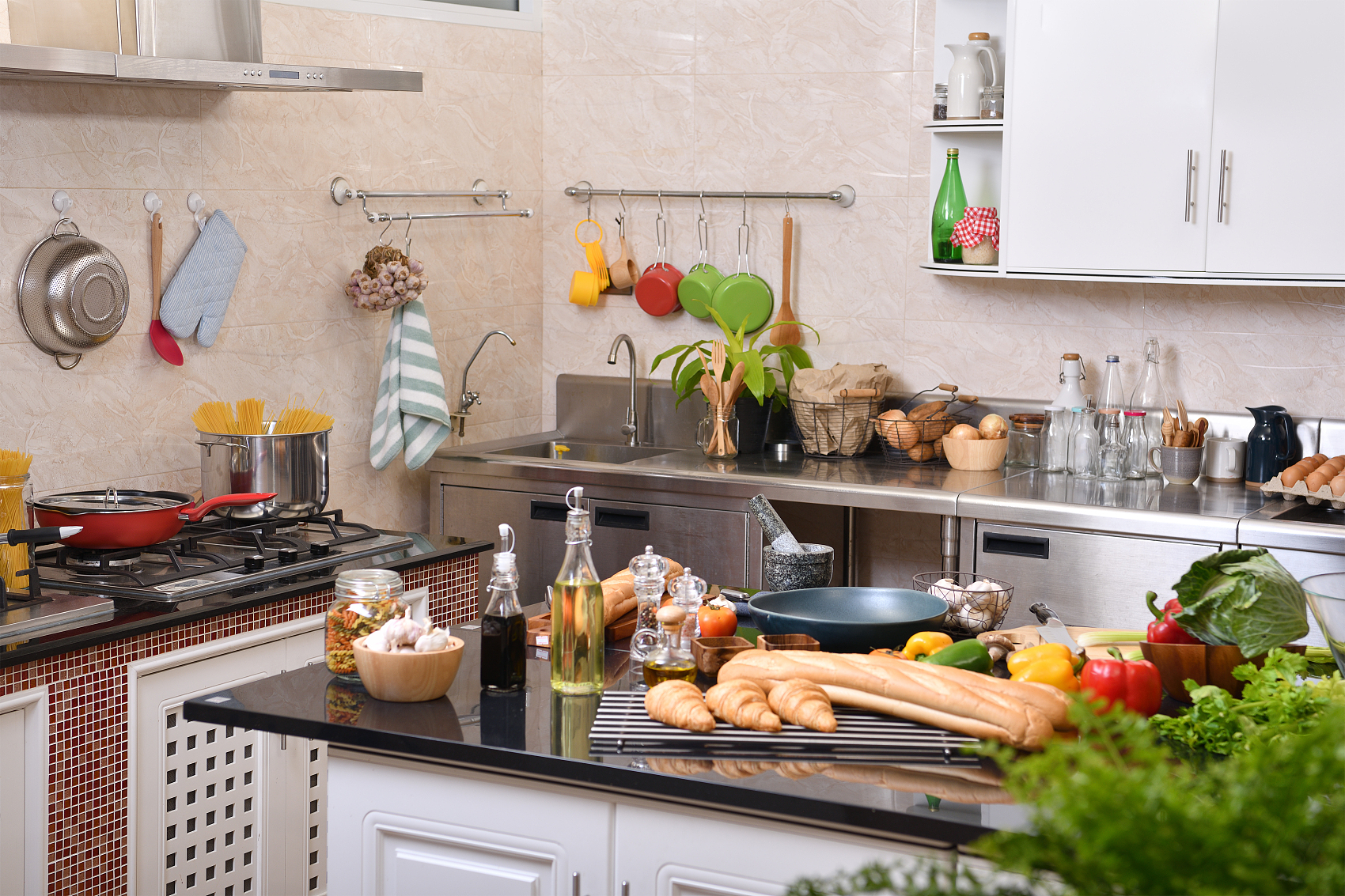Dampness can seriously damage a single brick wall, threatening both its structural integrity and aesthetic appeal. For homeowners and property managers, understanding the risks associated with dampness is crucial. It highlights the need for effective damp-proofing measures to ensure the longevity and safety of the wall.
Here’s a practical guide to preventing and managing dampness in your brick wall:
Identify the Moisture Source: Start by finding out where the moisture is coming from. This could be from leaking pipes, rainwater, rising damp, condensation, or poor ventilation.
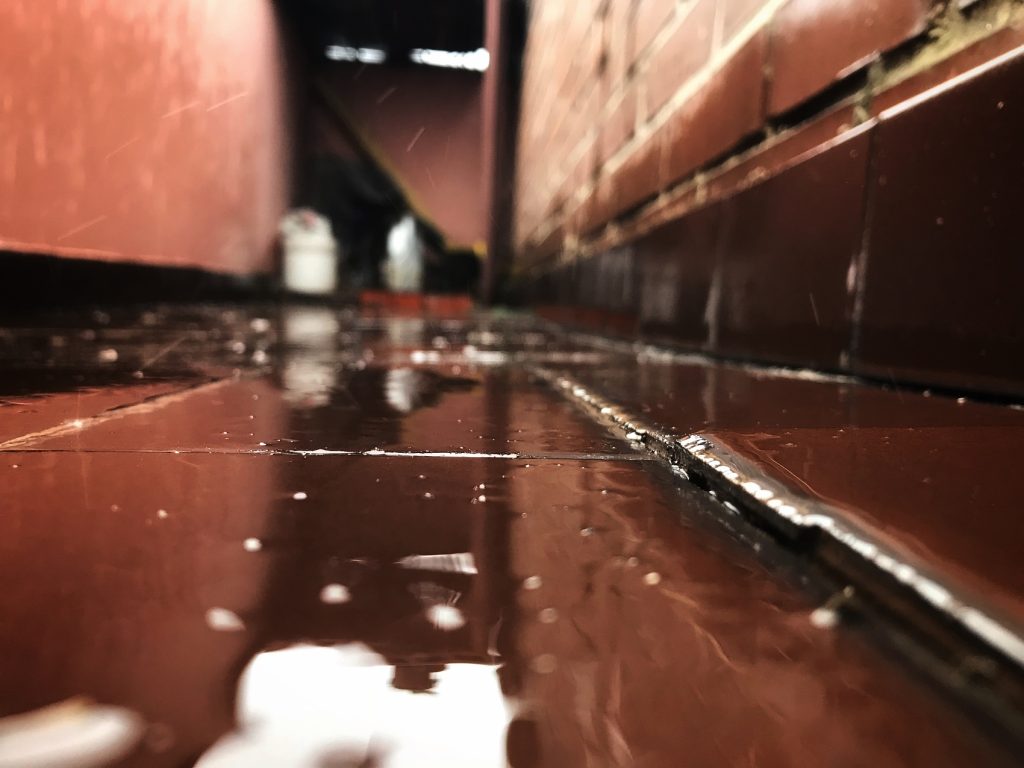
Fix Any Leaks: Address leaks immediately, whether they’re in pipes or the roof. This stops water from seeping into the bricks and causing further damage.
Improve Drainage: Make sure the ground near your wall slopes away from the structure to avoid water pooling and seeping into the bricks. Installing proper drainage systems can also help keep the area dry.
Apply Waterproofing Treatments: Use waterproofing coatings or sealants on the brick surfaces. These products form a barrier that repels water and prevents it from soaking into the wall.
Enhance Ventilation: Poor ventilation can lead to condensation, particularly in humid areas like bathrooms and kitchens. Installing vents or extractor fans can boost airflow and reduce moisture inside, helping to keep the walls dry.
Install a Damp-Proof Course (DPC): If rising damp is a problem, you might need to install a DPC. This is a waterproof layer placed horizontally in the wall near the ground to stop moisture from rising up through the bricks.
Repair Mortar Joints: Water can enter through cracked or deteriorating mortar joints. Repointing these joints with new mortar will seal off gaps and prevent moisture penetration.
Improve Insulation: Enhancing the wall’s insulation can prevent condensation by keeping the surface temperature above the dew point. Insulating materials like foam board or mineral wool can be added inside or outside the wall to reduce dampness risks.
Consult Professionals: If the dampness persists or if you’re unsure of the best approach, consult a professional. Damp specialists or building surveyors can assess the situation and recommend specific solutions tailored to your wall’s needs.

Can You Damp Proof a Single Brick Wall?
Yes, damp-proofing a single brick wall is possible and effective, but success depends largely on correctly identifying and addressing the underlying causes of the dampness. This might involve repairing leaks, enhancing drainage, applying waterproofing treatments, or installing a damp-proof course, among other strategies.
Proper ventilation and insulation are also vital in combatting moisture, especially in areas susceptible to high humidity or condensation. These efforts, combined with regular maintenance and periodic inspections, can protect your brick wall from moisture-related damage and maintain a dry, healthy indoor environment.


